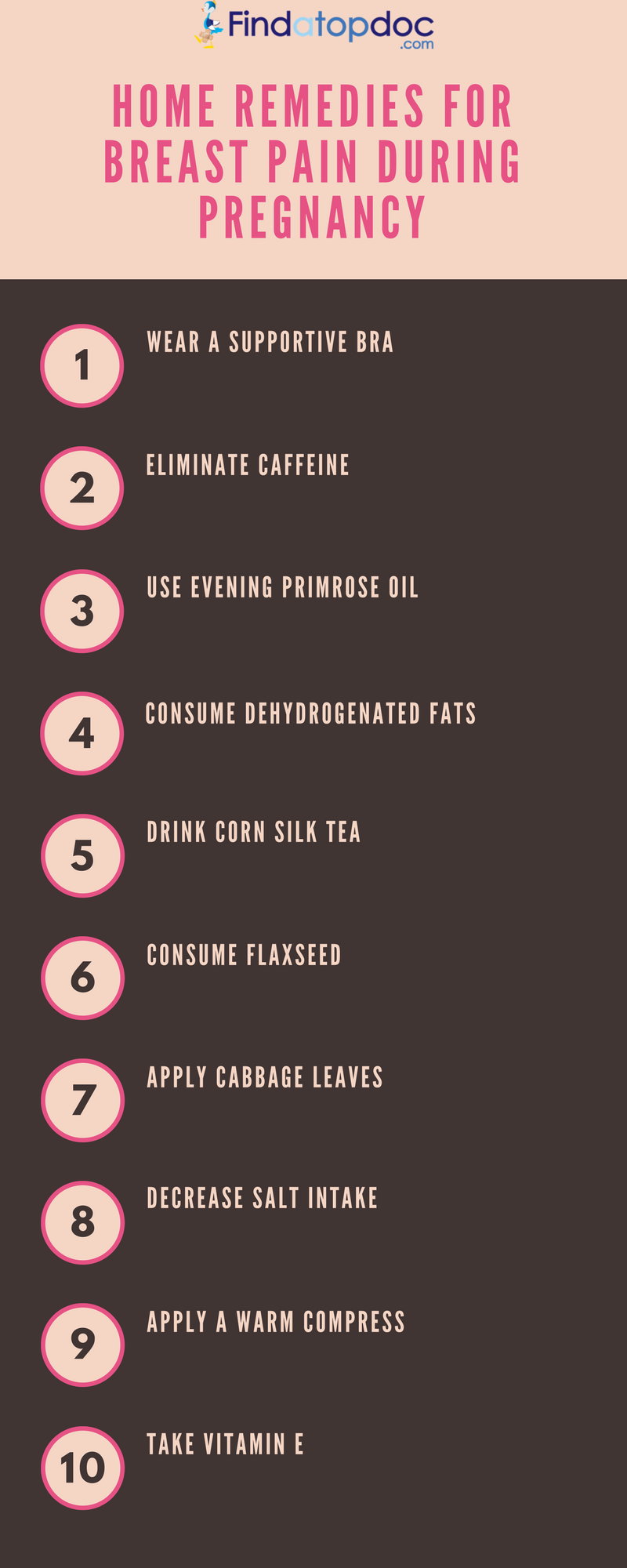
Women of all ages report having breast pain, also known as mastalgia. Pain can occur before and after the menopause. However, breast pain is most common in younger menstruating women. While nearly 70 percent of women report breast pain at some point during their lives, only around 15 percent require medical treatment. The severity and location of breast pain can vary. Pain can occur in both breasts, one breast, or in the underarm. Severity can range from mild to severe and is typically described as tenderness, sharp burning, or tightening of the breast tissue. Hormonal changes due to events such as menstruation, pregnancy, and menopause can also have an effect on the type of breast pain experienced.
Many women have breast tenderness and pain, also called mastalgia. It may come and go with monthly periods (cyclic) or may not follow any pattern (noncyclic).
- Cyclic pain is the most common type of breast pain. It may be caused by the normal monthly changes in hormones. This pain usually occurs in both breasts. It is generally described as a heaviness that radiates to the armpit and arm. The pain is usually most severe before a menstrual period and is often relieved when a period ends. Cyclic breast pain occurs more often in younger women. Most cyclic pain goes away without treatment and usually disappears at menopause.
- Noncyclic pain is most common in women 30 to 50 years of age. It may also occur in only one breast. It is often described as a sharp, burning pain that occurs in one area of a breast. Occasionally, noncyclic pain may be caused by a fibroadenoma or a cyst. If the cause of noncyclic pain can be found, treating the cause may relieve the pain.
Symptoms
Symptoms of breast pain caused by periods:
- dull, heavy or aching pain
- pain that begins up to 2 weeks before a period, gets worse and then goes away when the period ends
- usually affects both breasts and sometimes pain spreads to the armpit
When to see a doctor
Make an appointment with your doctor if breast pain:
- Continues daily for more than a couple of weeks
- Occurs in one specific area of your breast
- Seems to be getting worse over time
Although breast cancer risk is low in women whose main symptom is breast pain, if your doctor recommends an evaluation, it's important to follow through.
What can I do for breast pain?
You may be able to relieve breast pain by using nonprescription medicines but make sure to read and follow all instructions on the label.
- Acetaminophen, such as Tylenol
- Nonsteroidal anti-inflammatory drugs (NSAIDs), such as ibuprofen (Advil or Motrin), naproxen (Aleve or Naprosyn), or aspirin (Anacin, Bayer)
- If breast pain becomes severe or lasts longer than 3 weeks, call your doctor to discuss your symptoms.
- If you are pregnant or trying to become pregnant, talk to your doctor before using any medicine.
Treatment
For many women, breast pain resolves on its own over time. You may not need any treatment. If you do require treatment, your doctor might recommend that you:
- Eliminate an underlying cause or aggravating factor. This may involve a simple adjustment, such as wearing a bra with extra support.
- Use a topical nonsteroidal anti-inflammatory (NSAID) medication. You may need to use NSAIDs when your pain is intense. Your doctor may recommend you apply an NSAID cream directly to the area where you feel pain.
- Reduce the dose of menopausal hormone therapy. You might consider lowering the dose of menopausal hormone therapy or stopping it entirely.
When you're trying to get a clear diagnosis of your breast pain, take charge. Keep a chart of your menstrual periods and breast pain cycle so you can judge whether or not the pain is related to your hormonal cycle. Then, consult with your doctor and have a clinical breast exam done. During your visit, your doctor will also review your health history and list of medications.


